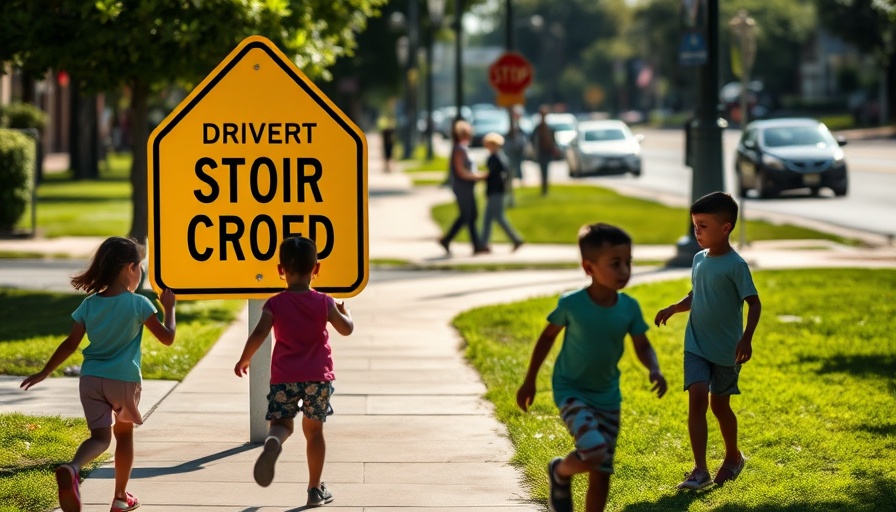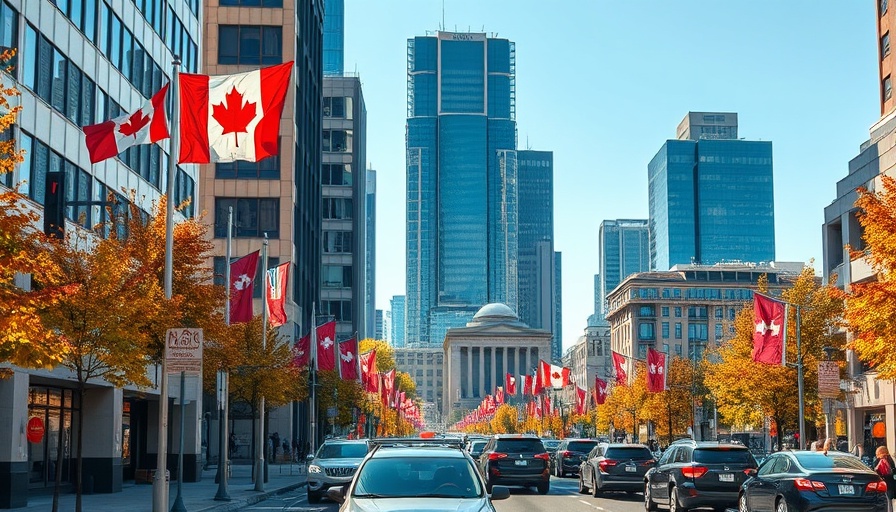
The Shift to Safer Streets: Why Speed Limits Matter
In recent years, more communities across the United States have begun adopting a fresh lens on speed limits, increasingly considering the perspective of pedestrians. This shift toward prioritizing the safety of non-motorists stands to significantly impact both community driving norms and safety measures.
Pacing for Safety: Understanding the Impact of Speed Limits
Conventional wisdom has often favored the driver's experience, focusing on efficiency and the smooth movement of vehicles. Yet, this car-centric view has unfortunately led to a worrying rise in pedestrian fatalities, accounting for almost a fifth of all road deaths — a figure that has risen a staggering 78% since 2009. As evidenced by recent studies, the correlation between speed limit reductions and decreases in crash severity is clear. For instance, when vehicles are traveling at 20 mph, there's just an 18% chance that a pedestrian will be severely injured when struck. Amp up that speed to 30 mph, and the risk climbs to 50%. It’s simple—it’s crucial for cities, neighborhoods, and parents to advocate for lower speed limits to ensure the safety of their local areas.
The Role of Communities: Grassroots Movements for Change
A wave of cities is reevaluating default speed limits traditionally set at 25 or 30 mph. Portland, Oregon, took significant steps back in 2018 by reducing speed limits on most residential streets to 20 mph. Similarly, Seattle and Boston have implemented substantial changes in their speed regulations. Despite these strides, local governments often face barriers in executing quicker adjustments, such as mandatory engineering studies that can be time-consuming and costly—challenges that might deter proactive measures.
Legislative Support: Authority for Local Adjustments
The fight for safer streets is gaining ground, with 19 states modifying their laws to allow municipalities more latitude regarding speed limit alterations. This legislative flexibility empowers local leaders to react and tailor traffic regulations to their community's needs. As we look to the future, these changes signal an important evolution towards a more pedestrian-friendly infrastructure.
Tangible Outcomes: Real-World Success Stories
Research shows that lowering speed limits can lead to fewer severe accidents. For example, after the speed limit adjustment in Seattle, there was a notable drop in the percentage of drivers exceeding safe speeds. The potential for lower fatalities and injuries demonstrates that these speed revisions are not mere policy changes—they translate to real, lif-saving shifts in community dynamics.
Empowering Drivers: Practical Insights for Navigating Change
As these legislative changes unfold, it’s essential for vehicle owners to understand the implications. Knowing the new speed limits can save lives—yours and those around you. Additionally, if you find yourself in an accident, understanding speed regulations could influence how insurance claims are processed, particularly in assessing fault and damage appraisal.
Finally, staying informed about how local governments are prioritizing pedestrian safety not only makes for better driving habits but also fosters a communal vibe where safety is a shared responsibility.
 Add Row
Add Row  Add
Add 




Write A Comment